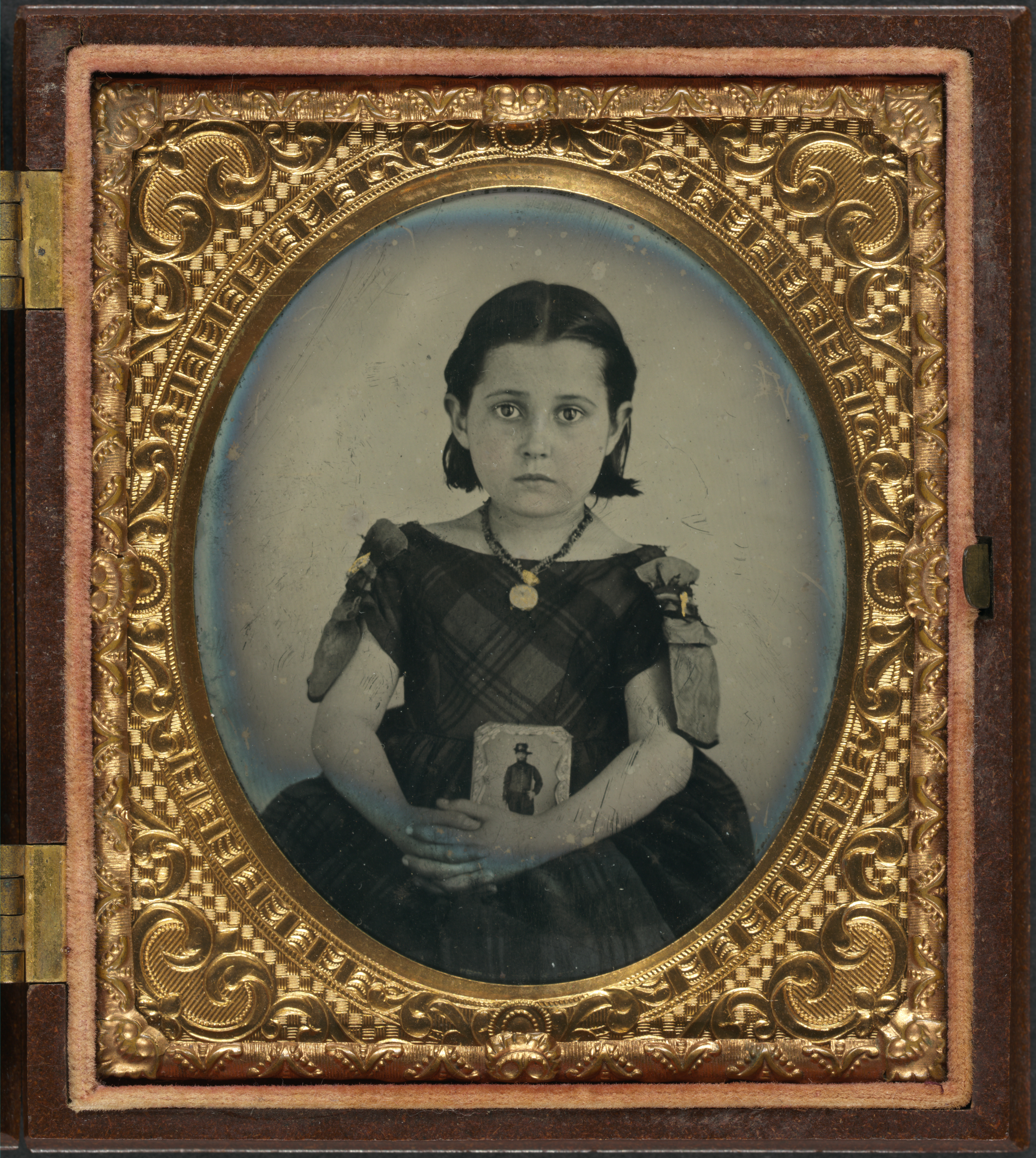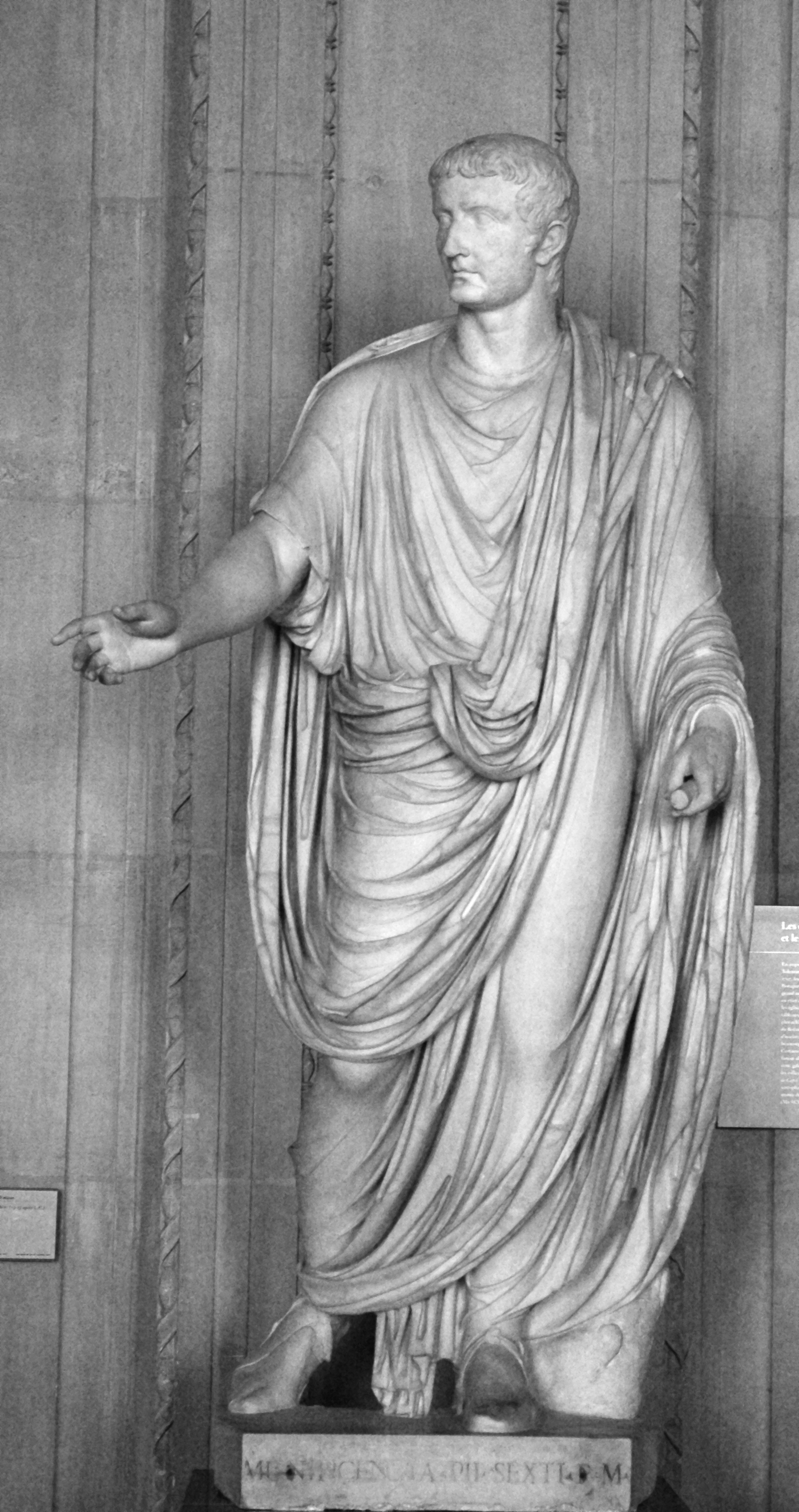|
Childhood In Ancient Rome
Childbirth in ancient Rome was dangerous for both the mother and the child. Mothers usually would rely on religious superstition to avoid death. Certain customs such as lying in bed after childbirth and using plants and herbs as relief were also practiced. Midwives assisted the mothers in birth. Once children were born they wouldn’t be given a name until 8 or 9 days after their birth. The number depended on if they were male or female. Once the days had passed, the child would be given a name and a bulla during a ceremony. When a child reached the age of 1, they would gain legal privileges which could lead to citizenship. Children 7 and under were considered infants, and were under the care of women. From age 8 until they reached adulthood children were expected to help with housework. The age of adulthood was 12 for girls, or 14 for boys. Children would often have a variety of toys to play with. If a child died they could be buried or cremated. Some would be commemorated in Roma ... [...More Info...] [...Related Items...] OR: [Wikipedia] [Google] [Baidu] |
Religion In Ancient Rome
Religion in ancient Rome consisted of varying imperial and provincial religious practices, which were followed both by the Roman people, people of Rome as well as those who were brought under its rule. The Romans thought of themselves as highly religious, and attributed their success as a world power to their collective piety () in maintaining Pax deorum, good relations with the gods. Their Polytheism, polytheistic religion is known for having honoured List of Roman deities, many deities. The presence of Magna Graecia, Greeks on the Italian peninsula from the beginning of the historical period influenced Culture of ancient Rome, Roman culture, introducing some religious practices that became fundamental, such as the of Apollo. The Romans looked for common ground between their major gods and those of the Greeks (), adapting Greek mythology, Greek myths and iconography for Latin literature and Roman art, as the Etruscans had. Etruscan religion was also a major influence, partic ... [...More Info...] [...Related Items...] OR: [Wikipedia] [Google] [Baidu] |
Adoption In Ancient Rome
Adoption in ancient Rome was primarily a Roman law, legal procedure for transferring paternal power ''(patria potestas, potestas)'' to ensure Inheritance law in ancient Rome, succession in the male line within Roman paterfamilias, patriarchal society. The Latin word ''adoptio'' refers broadly to "adoption", which was of two kinds: the transferral of ''potestas'' over a free person from one head of household to another; and ''adrogatio'', when the adoptee had been acting ''sui iuris'' as a legal adult but assumed the status of unemancipated son for purposes of Inheritance law in ancient Rome, inheritance. ''Adoptio'' was a longstanding part of Roman family law pertaining to paternal responsibilities such as perpetuating the value of the family estate and ancestral rites ''(Glossary of ancient Roman religion#sacra gentilicia, sacra)'', which were concerns of the Roman property-owning classes and cultural elite. During the Principate, adoption became a way to ensure List of Roman empe ... [...More Info...] [...Related Items...] OR: [Wikipedia] [Google] [Baidu] |
Mourning
Mourning is the emotional expression in response to a major life event causing grief, especially loss. It typically occurs as a result of someone's death, especially a loved one. The word is used to describe a complex of behaviors in which the bereaved participate or are expected to participate, the expression of which varies by culture. Wearing black clothes is one practice followed in many countries, though other forms of dress are seen. Those most affected by the loss of a loved one often observe a period of mourning, marked by withdrawal from social events and quiet, respectful behavior in some cultures, though in others mourning is a collective experience. People may follow religious traditions for such occasions. Mourning may apply to the death of, or anniversary of the death of, an important individual such as a local leader, monarch, religious figure, or member of family. State mourning may occur on such an occasion. In recent years, some traditions have given way to ... [...More Info...] [...Related Items...] OR: [Wikipedia] [Google] [Baidu] |
Parentalia
In ancient Rome, the Parentalia () or ''dies parentales'' (, "ancestral days") was a nine-day festival held in honour of family ancestors, beginning on 13 February. Although the Parentalia was a holiday on the Roman religious calendar, its observances were mainly domestic and familial. The importance of the family to the Roman state, however, was expressed by public ceremonies on the opening day, the Ides of February, when a Vestal conducted a rite for the collective ''di parentes'' of Rome at the tomb of Tarpeia. Overview Ovid describes sacred offerings (''sacrificia'') of flower-garlands, wheat, salt, wine-soaked bread and violets to the "shades of the dead" ('' Manes'' or ''Di manes'') at family tombs, which were located outside Rome's sacred boundary ''( pomerium)''. These observances were meant to strengthen the mutual obligations and protective ties between the living and the dead and were a lawful duty of the '' paterfamilias'' (head of the family). Parentalia concluded ... [...More Info...] [...Related Items...] OR: [Wikipedia] [Google] [Baidu] |
Thermae
In ancient Rome, (from Greek , "hot") and (from Greek ) were facilities for bathing. usually refers to the large Roman Empire, imperial public bath, bath complexes, while were smaller-scale facilities, public or private, that existed in great numbers throughout Rome. Most Roman cities had at least one – if not many – such buildings, which were centers not only for bathing, but socializing and reading as well. Bathhouses were also provided for wealthy private Roman villa, villas, domus, town houses, and castra, forts. They were supplied with water from an adjacent river or stream, or within cities by aqueduct (watercourse), aqueduct. The water would be heated by fire then channelled into the caldarium (hot bathing room). The design of baths is discussed by Vitruvius in ''De architectura'(V.10) Terminology '','' '','' '','' and may all be translated as 'bath' or 'baths', though Latin sources distinguish among these terms. or , derived from the Greek language, G ... [...More Info...] [...Related Items...] OR: [Wikipedia] [Google] [Baidu] |
Education In Ancient Rome
Education in ancient Rome progressed from an informal, familial system of education in the early Republic to a tuition-based system during the late Republic and the Empire. The Roman education system was based on the Greek system – and many of the private tutors in the Roman system were enslaved Greeks or freedmen. The educational methodology and curriculum used in Rome was copied in its provinces and provided a basis for education systems throughout later Western civilization. Organized education remained relatively rare, and there are few primary sources or accounts of the Roman educational process until the 2nd century AD. Due to the extensive power wielded by the '' pater familias'' over Roman families, the level and quality of education provided to Roman children varied drastically from family to family; nevertheless, Roman popular morality came eventually to expect fathers to have their children educated to some extent, and a complete advanced education was expected of ... [...More Info...] [...Related Items...] OR: [Wikipedia] [Google] [Baidu] |
Clothing In Ancient Rome
Clothing in ancient Rome generally comprised a short-sleeved or sleeveless, knee-length tunic for men and boys, and a longer, usually sleeved tunic for women and girls. On formal occasions, adult male citizens could wear a woolen toga, draped over their tunic, and married citizen women wore a woolen mantle, known as a Palla (garment), palla, over a stola, a simple, long-sleeved, voluminous garment that modestly hung to cover the feet. Clothing, footwear and accoutrements identified gender, status, rank and social class. This was especially apparent in the distinctive, privileged official dress of Roman magistrate, magistrates, Religion in ancient Rome#Public priesthoods and religious law, priesthoods and Ancient Roman military clothing, the military. The toga was considered Rome's "Folk costume, national costume," privileged to Roman citizens but for day-to-day activities most Romans preferred more casual, practical and comfortable clothing; the tunic, in various forms, was th ... [...More Info...] [...Related Items...] OR: [Wikipedia] [Google] [Baidu] |
Children Games Louvre Ma99 N2
A child () is a human being between the stages of childbirth, birth and puberty, or between the Development of the human body, developmental period of infancy and puberty. The term may also refer to an unborn human being. In English-speaking countries, the legal definition of ''child'' generally refers to a minor (law), minor, in this case as a person younger than the local age of majority (there are exceptions such as, for example, the consume and purchase of alcoholic beverage even after said age of majority), regardless of their physical, mental and sexual development as biological adults. Children generally have fewer Children's rights, rights and responsibilities than adults. They are generally classed as unable to make serious decisions. ''Child'' may also describe a relationship with a parent (such as sons and daughters of any age) or, Metaphor, metaphorically, an authority figure, or signify group membership in a clan, tribe, or religion; it can also signify being str ... [...More Info...] [...Related Items...] OR: [Wikipedia] [Google] [Baidu] |
Pater Familias
The ''pater familias'', also written as ''paterfamilias'' (: ''patres familias''), was the head of a Roman family. The ''pater familias'' was the oldest living male in a household, and could legally exercise autocratic authority over his extended family. The term is Latin for "father of the family" or the "owner of the family estate". The form is archaic in Latin, preserving the old genitive ending in (see Latin declension), whereas in classical Latin the normal first declension genitive singular ending was . The ''pater familias'' always had to be a Roman citizen. Roman law and tradition ('' mos majorum'') established the power of the ''pater familias'' within the community of his own extended ''familia''. In Roman family law, the term "Patria potestas" (Latin: “power of a father”) refers to this concept. He held legal privilege over the property of the ''familia'', and varying levels of authority over his dependents: these included his wife and children, certain other ... [...More Info...] [...Related Items...] OR: [Wikipedia] [Google] [Baidu] |
Toga
The toga (, ), a distinctive garment of Ancient Rome, was a roughly semicircular cloth, between in length, draped over the shoulders and around the body. It was usually woven from white wool, and was worn over a tunic. In Roman historical tradition, it is said to have been the favored dress of Romulus, Rome's founder; it was also thought to have originally been worn by both sexes, and by the citizen-military. As Roman women gradually adopted the stola, the toga was recognized as formal wear for male Roman citizens. Women found guilty of adultery and women engaged in prostitution might have provided the main exceptions to this rule.. The type of toga worn reflected a citizen's rank in the civil hierarchy. Various laws and customs restricted its use to citizens, who were required to wear it for public festivals and civic duties. From its probable beginnings as a simple, practical work-garment, the toga became more voluminous, complex, and costly, increasingly unsuited to a ... [...More Info...] [...Related Items...] OR: [Wikipedia] [Google] [Baidu] |






